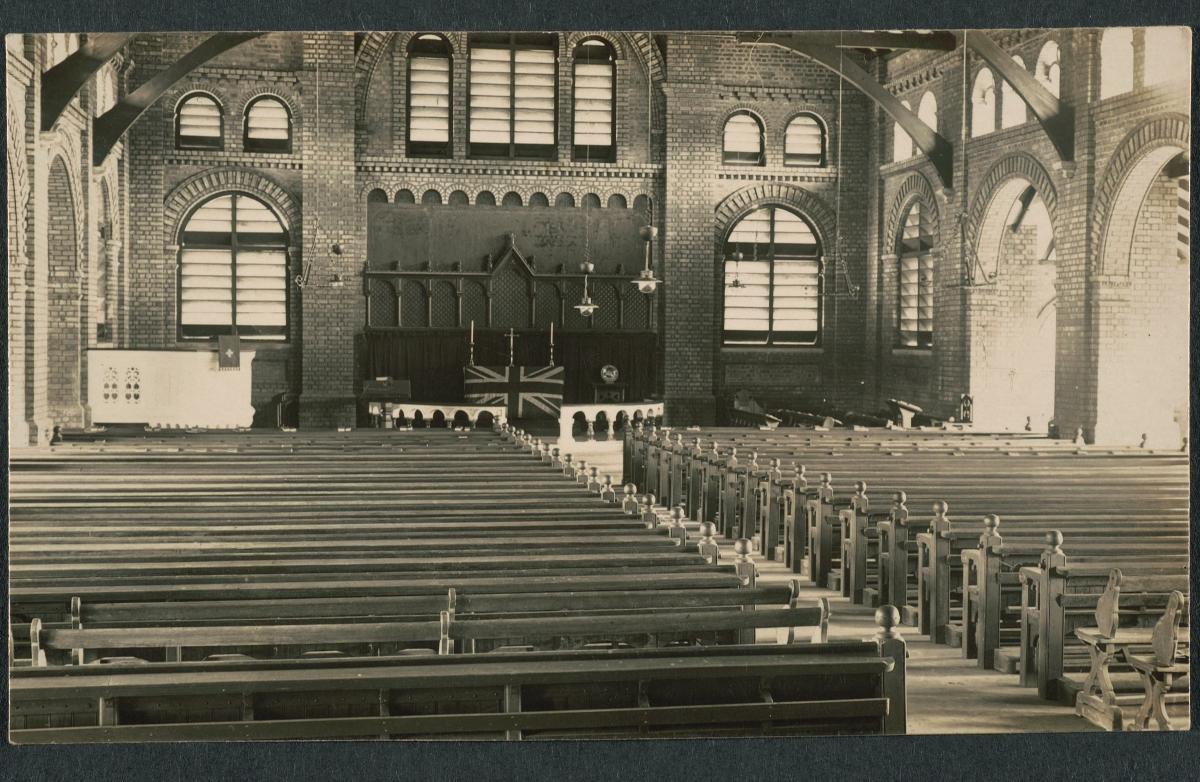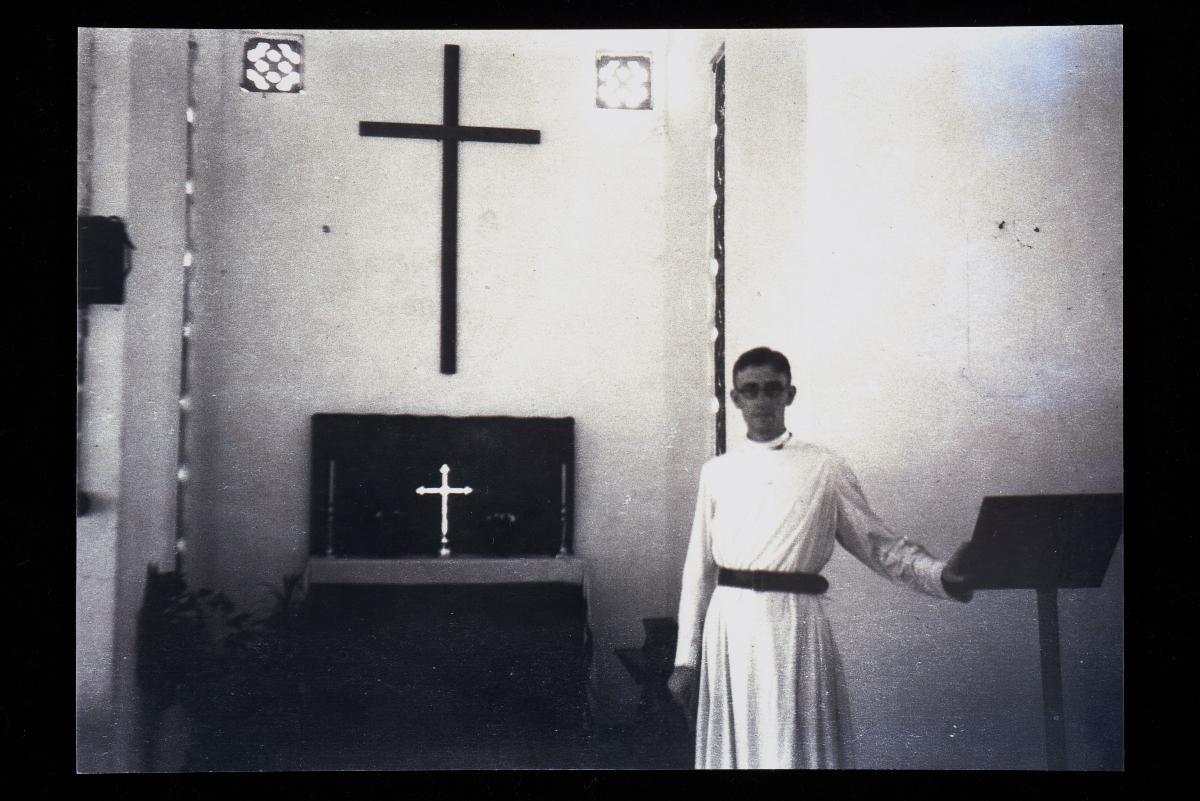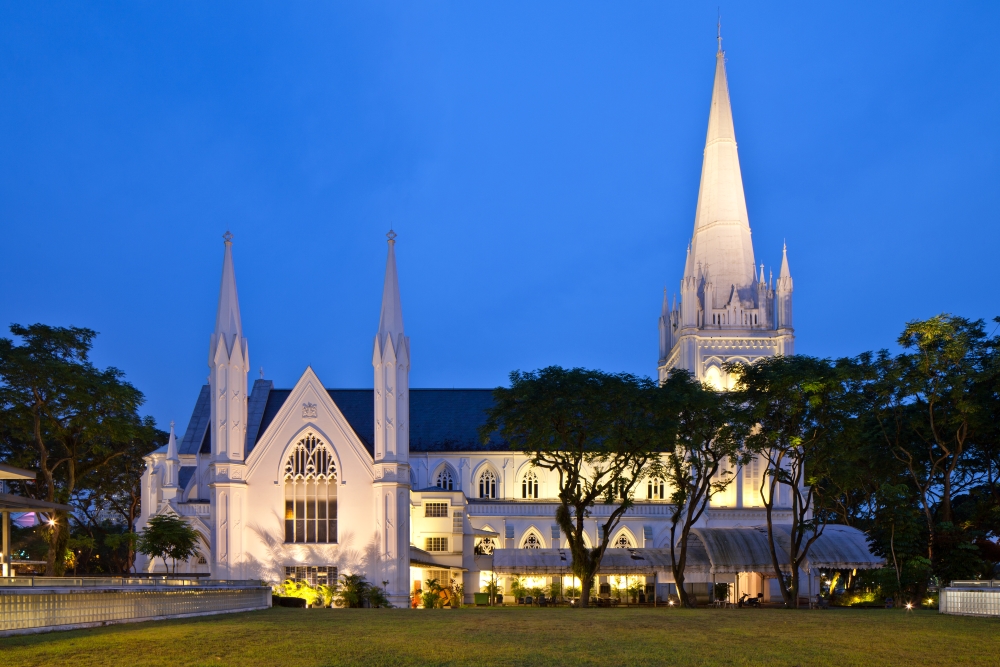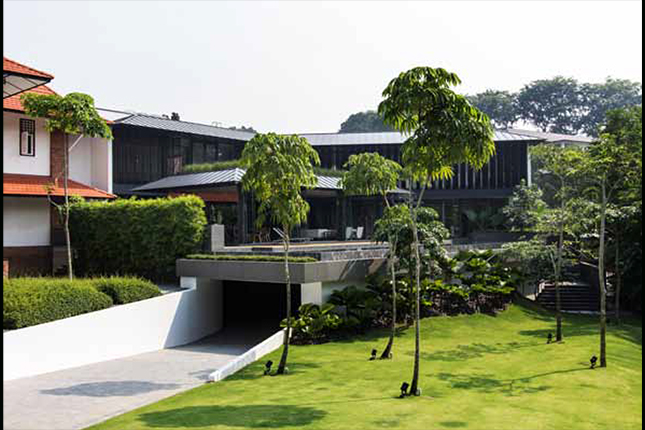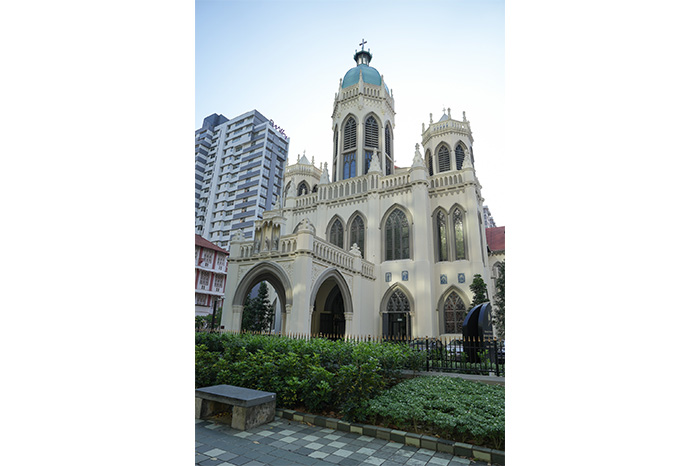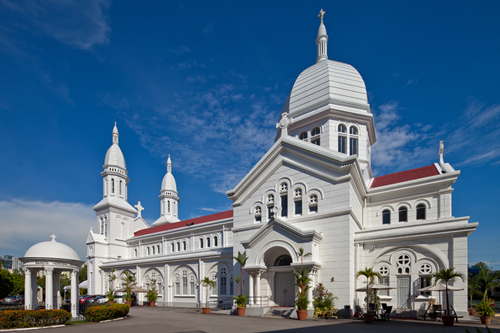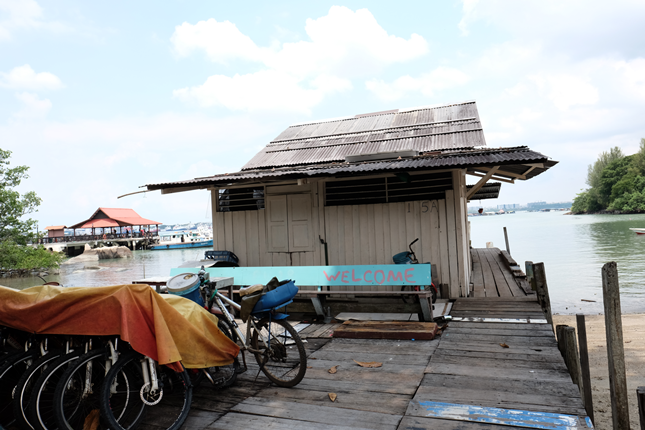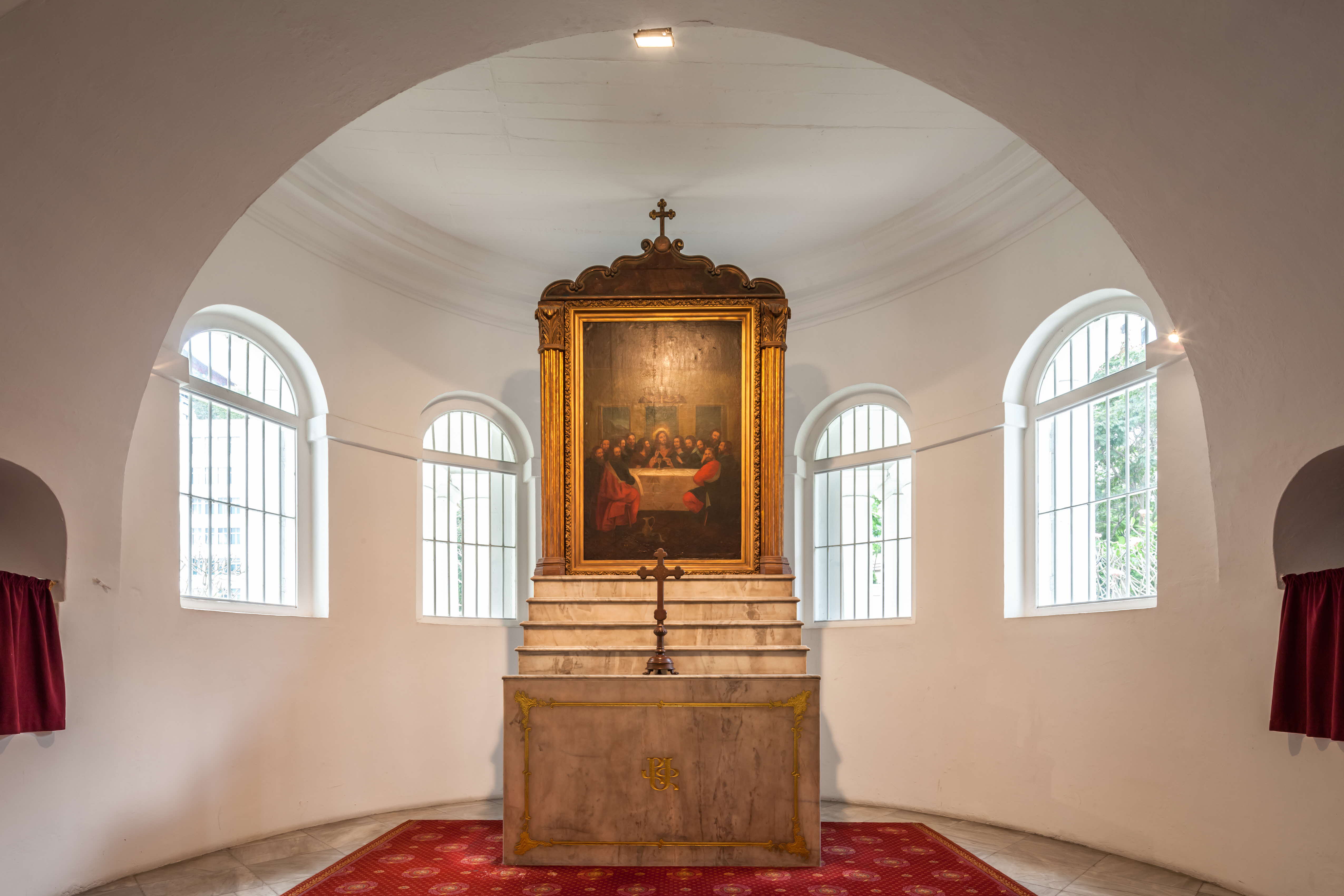Saint George’s Church is situated in the quiet environs off Minden Road, a short distance from the bustling shopping district of Orchard Road. Founded as a garrison church, it bears witness to the area’s history during the colonial period as Tanglin Barracks, which was the General Headquarters of the British Far East Land Forces.
Garrison Church
The history of Saint George’s Church predates the construction of the present church by approximately 50 years. Following the opening of the Suez Canal in 1869, the garrison in Singapore was strengthened, particularly with the establishment of an army barracks in Tanglin. Major C. H. Malan, who was known for his religious convictions, assumed the role of a lay chaplain initially. It was only two years later, in 1871, that the first ordained full-time minister was appointed to the garrison. A proper church was erected sometime between 1870 and 1890, but its exact location is lost to history.
In 1910, the present brick building was constructed – possibly to accommodate an increasing number of British soldiers who were stationed at Tanglin Barracks. At its completion in 1913, the church could seat a total of 650. The church was appropriately dedicated to Saint George, the soldier-saint and Patron of England.
Second World War
During the Second World War, the Japanese army converted Saint George’s Church into an ammunition depot. It is alleged that shortly before the Japanese invaded Singapore, Garrison Chaplain Reverend H. C. Todd removed the stained-glass pieces from the three windows behind the altar, packing them away for safekeeping. Unfortunately, he did not survive the war. Gone with him was the secret of the stained-glass panels’ location; they were never recovered despite an extensive search.
Transformation into a Civilian Parish Church
Restoration of Saint George’s Church began soon after the end of the war, and Christian ministry was re-established at Tanglin Barracks. On 6 October 1946, the first services were conducted in the restored church, which was rededicated some weeks later on Remembrance Sunday, 10 November. The congregation grew steadily in the post-war years. Churchgoers included military personnel and their families, as well as an increasing number of Chinese and Indian civilians. The church building was also used as an additional place of worship for the Chinese Anglican community of Saint Andrew’s Cathedral.
A century after the construction of the church, the British Government announced the reduction of its defence commitments east of Suez. After the British troops withdrew from Singapore in 1971, Saint George’s Church became a civilian church. It was later granted a parish status in November 1973.
Architecture and Furnishings
Captain William H. Stanbury of the Royal Engineers, the church’s architect, was inspired by the Romanesque basilicas in Europe. He wove extensive Romanesque architectural features – including arches, piers, and columns – into his design. Building materials were also imported from England.
However, unlike European Romanesque churches which typically feature few small windows, Saint George’s Church has large arches and clerestory openings on either side of its nave. These arches and openings illuminate and ventilate the interior naturally. An exposed web of English-style tropical hardwood trusses supports the large single-gabled roof. The church’s interior and exterior are laid with fair-faced red bricks.
Gordon Webster, a well-known stained-glass designer, was commissioned to replace the panels of the windows behind the altar that were lost during the war. These new windows were subsequently unveiled on 10 July 1955. The central window depicts the Risen Christ, his right hand raised in benediction and his left holding the Bible. Beneath him is the a verse from the Gospel of Saint John, which reads: ‘Be of good cheer, I have overcome the world.’ The windows to the left and the right indicate the forces and regiments that had served in British Malaya and Singapore. Among others are the badges of the Royal Marines, Gurkha Regiment, King’s African Rifles, Malay Police, Malay Regiment, Rhodesian Regiment, Royal Navy, Royal Air Force, Fiji Regiment, and Queen Alexandra’s Royal Army Nursing Corps.
Standing outside the church building is a lychgate, a roofed gateway that traditionally marks the entrance to an English churchyard. It is a 1984 replica of that erected at the Changi Camp cemetery by British prisoners-of-war during the Japanese Occupation (1942–1945). The original lychgate was taken to Saint George’s Church in 1952, when the graves were exhumed and reinterred at Commonwealth War Cemetery in Kranji. When the British military withdrew in 1971, the lychgate was dismantled, shipped to England, and reassembled at the Queen’s Division Depot, Bassingbourn Barracks in Royston, Hertfordshire.
Saint George’s Church Today
Saint George’s Church now ministers to an active parish with members from various ethnic backgrounds. Since 1971, it has been under the jurisdiction of the Anglican Diocese of Singapore.
Our National Monuments
Our National Monuments are an integral part of Singapore’s built heritage, which the National Heritage Board (NHB) preserves and promotes for posterity. They are monuments and sites that are accorded the highest level of protection in Singapore.









